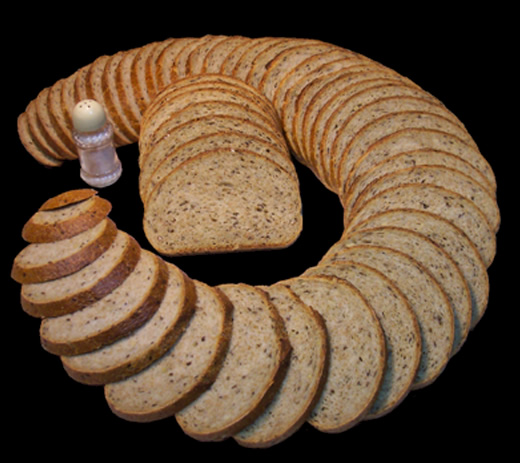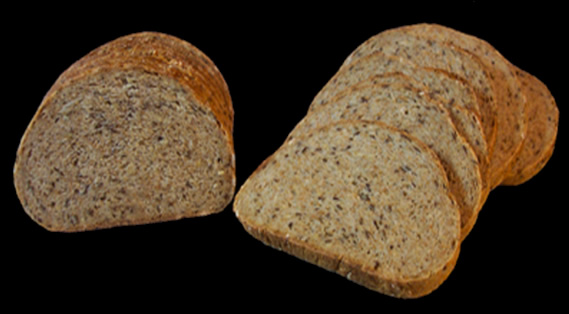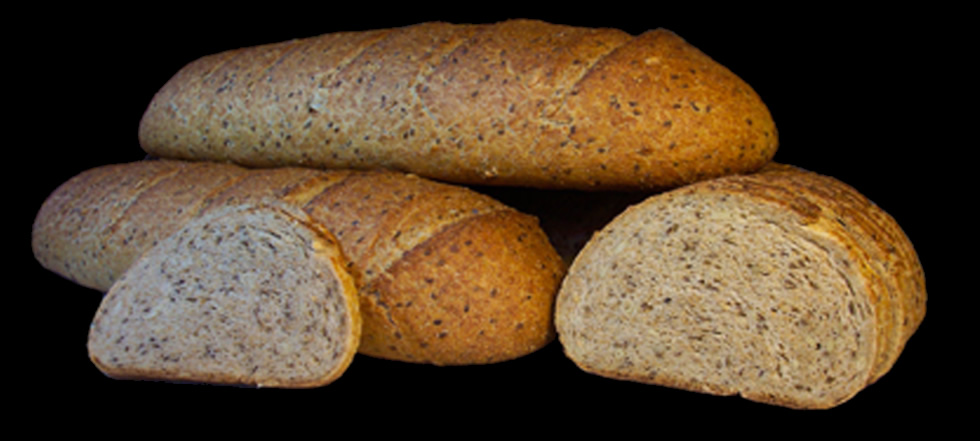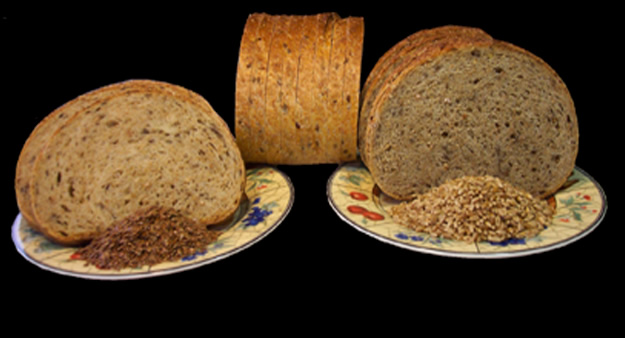 |
|


We live in a world of advertisement overload, where words seem to have lost their meaning more than ever. Although some words have more than one The word ‘traditional’ also has the connotation of ‘old fashioned’ or ‘time honoured’ which both are somewhat correct. I think it is important to understand that when we talk about traditional baking practices we mean before modern baking practices evolved. It is necessary to look back into history where we find that we can pinpoint this change rather precisely to within a few years. As good as modern inventions have been to us, there are plenty of drawbacks as well. The Industrial Revolution brought on an overwhelming initial mechanization which we still are living in today, though now it is turning more and more into ‘robotization’ and micro-processing. |
 |
 |
This modern bread had lost most of its taste but was much easier to manufacture by the baker. The fluffy, airy, mostly white bread was marketed as symbolizing the new age of wealth and prosperity. The lighter wheat breads had been reserved for the upper class until then; therefore the darker heavier bread had the stigma of being the peasant loaf. This was a rather ‘easy sell’ marketing strategy, that worked enormously well, and nutritional factors were not considered at all.
|

![]()
It was coincidental that ‘Baker’s Yeast’ was invented in a country (France) which also consumed mostly wheat based breads, and which can be exclusively baked without using any type of souring method. Until then both rye and wheat breads were naturally fermented breads to multiply the wild yeast to make it rise. From that time on
the production of wheat bread has become epitomized in the new world (North America) into the ‘Super Size’ fully mechanized bakery that produces thousands of loaves a day for country wide distribution. To get some flavor back into the bread, ‘sponge methods’ were created, where yeast is grown in vats prior to making the dough, but even that has been replaced by diverse modern dough additives like dough acidifiers, conditioners, and preservatives, and lots of bakery yeast.
![]()
The latest food crazes included carbohydrate reduced breads, bread machines, and sourdough bread made with vinegar and other acids. Commercial bread bases or frozen ready to bake breads that are marketed as artisan bread all rely heavily on unwanted chemical additives, which none have been properly tested on long term exposure. These are schizophrenic marketing values that do more harm then good to one of our most valuable basic food.
|
 |
All website content copyright © 2007 Kaslo Sourdough Bakery
All rights Reserved
All rights Reserved